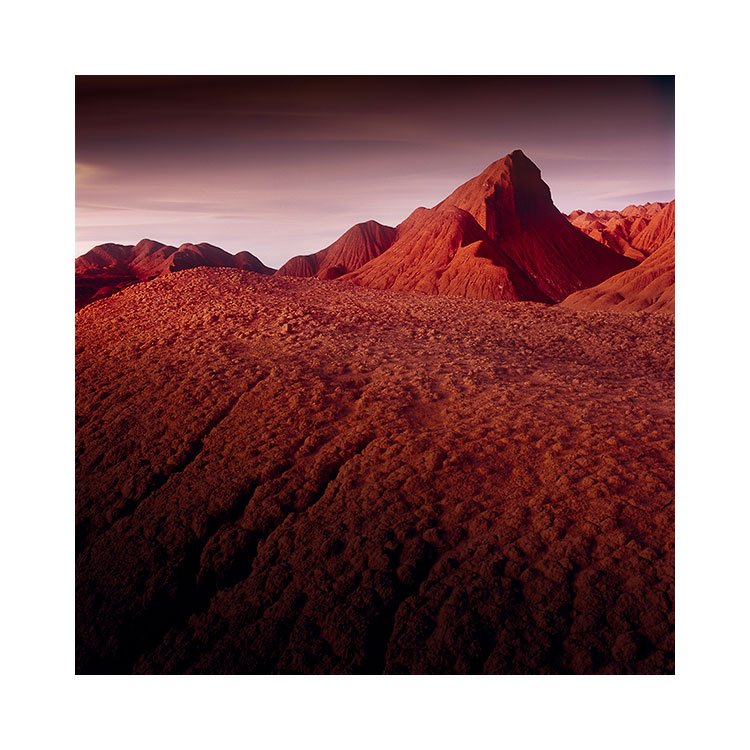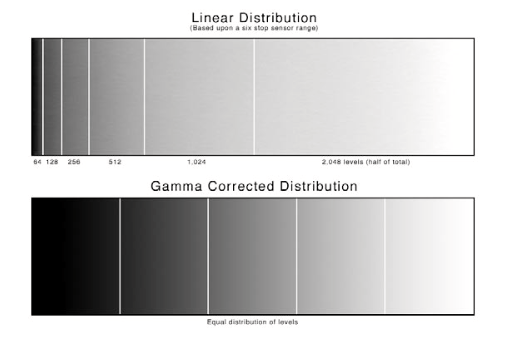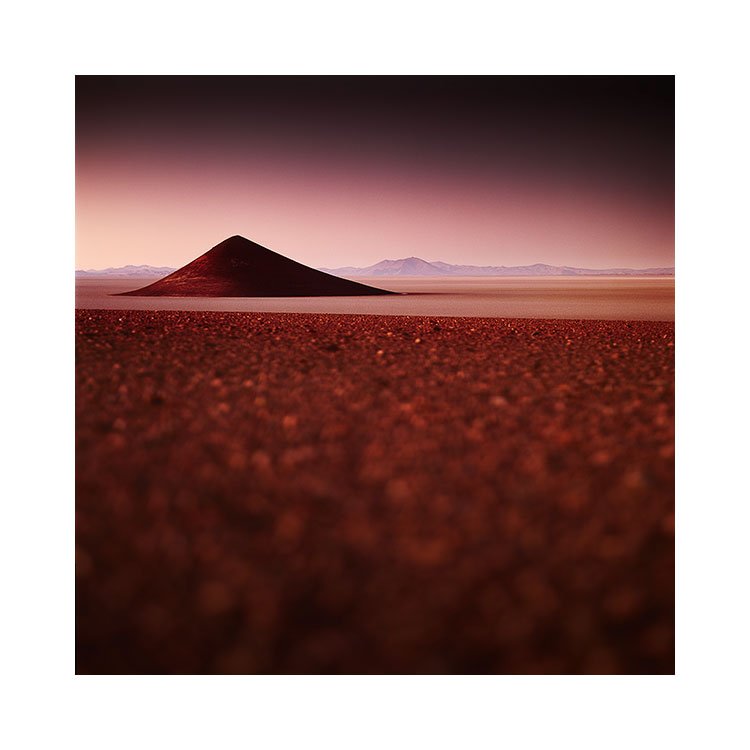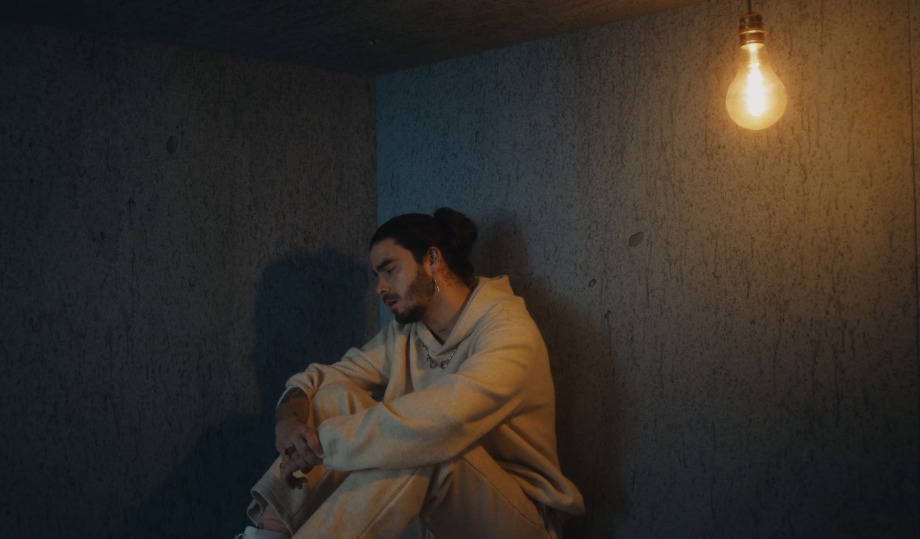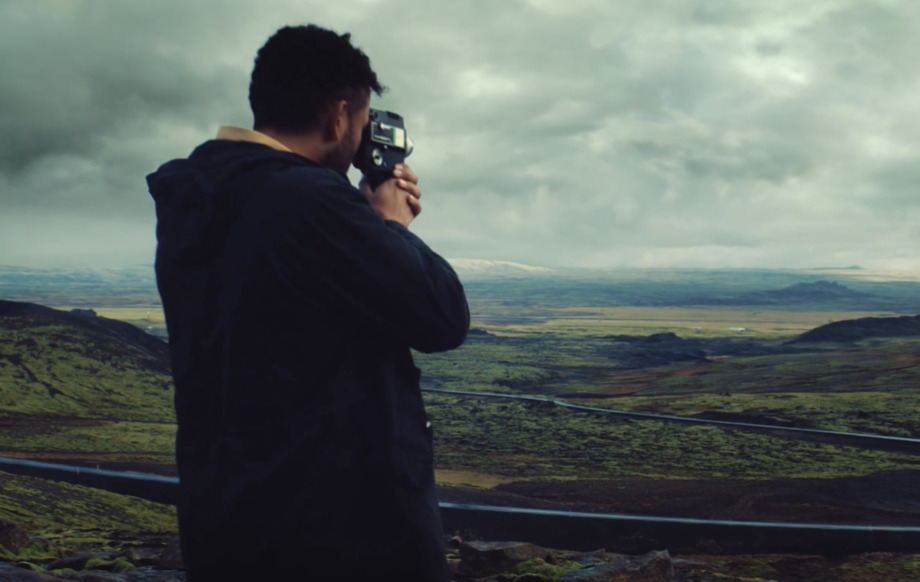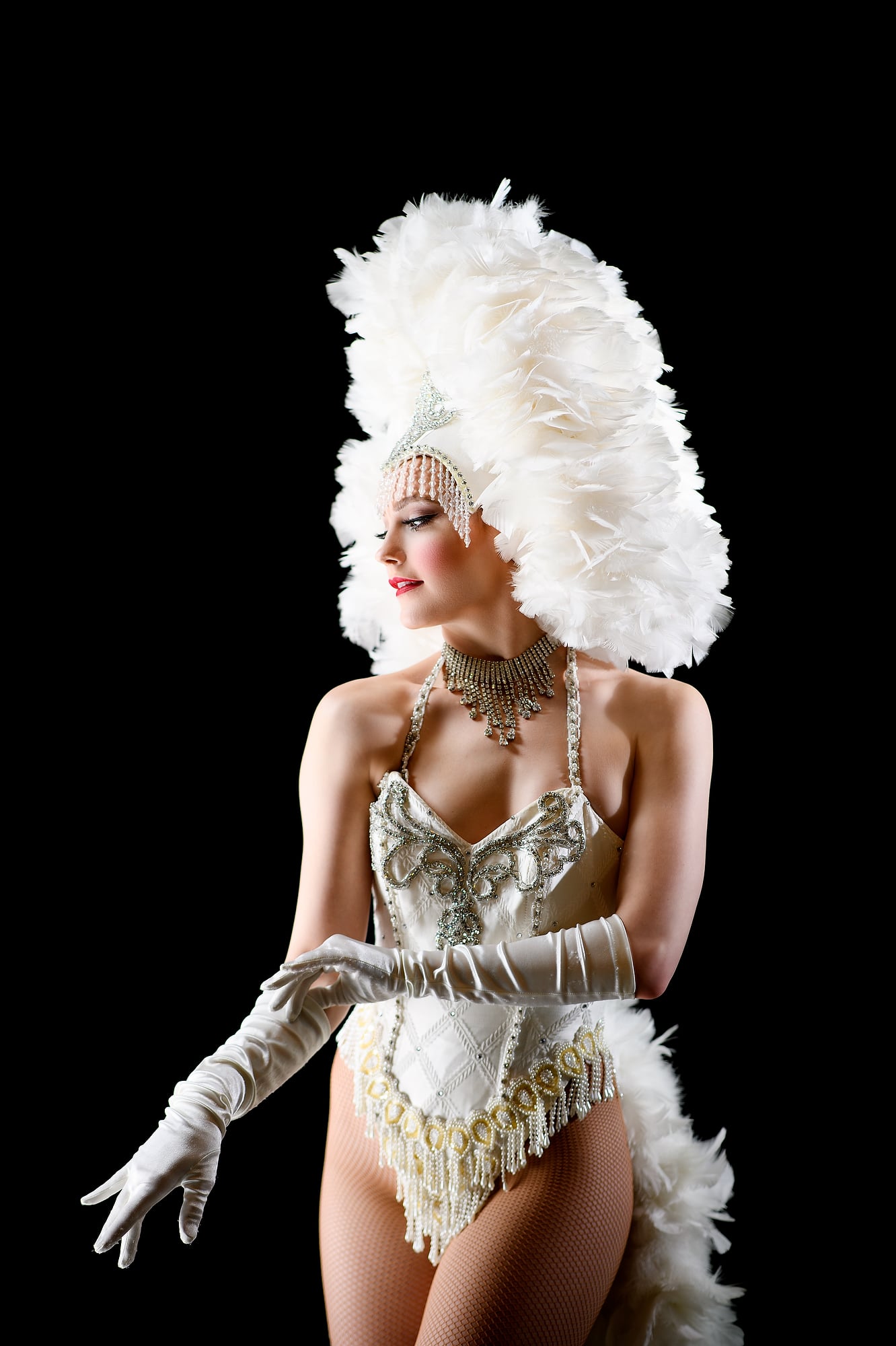Photographers

Embracing Japanese aesthetics: Nine principles that will change the way you think about photography
Paul IndigoFrom the refined elegance of tea ceremonies to calligraphy and the simple yet complex beauty of Zen gardens, Japanese aesthetics offer a unique perspective on the nature of beauty and its relationship to our environment, emotions, and sense of self.
But can we apply these aesthetics to photography? In this blog, we'll explore nine fundamental Japanese aesthetic principles and seek to answer this question.
First, here's a summary of the Japanese aesthetic principles we will cover:
- Kanso: The principle of simplicity, clarity, and cleanliness.
- Fukinsei: The principle of asymmetry, irregularity, and balance.
- Shibui/Shibumi: The principle of simplicity, understatedness, and refined elegance.
- Seijaku: The principle of stillness, silence, and tranquillity.
- Datsuzoku: The principle of spontaneity, freedom, and detachment.
- Yugen: The principle of mystery, depth, and subtlety.
- Shizen: The principle of naturalness, spontaneity, and harmony with nature.
- Wabi Sabi: The principle of embracing imperfection, impermanence, and the beauty of the natural world.
- Iki: The principle of subtle elegance is achieved through simplicity, understatedness, and nonchalance.
However, most photographers will intuitively find themselves drawn to one or more of these principles, recognising them in their work without necessarily being aware of the specific principles themselves. In this sense, the principles serve as a helpful framework for understanding and articulating the qualities that make specific photographs especially powerful or inspiring. Ultimately, whether applied consciously or subconsciously, these principles offer a valuable perspective on the nature of beauty and its relationship to our environment, emotions, and sense of self. They can enrich our appreciation of photography and the world around us.
Kanso (簡素)
Kanso is a Japanese aesthetic concept that emphasises simplicity and minimalism. It is often associated with Zen Buddhism, and it is a popular design principle in Japanese art, architecture, and culture. Kanso is closely related to other Japanese aesthetic concepts such as shibui, wabi-sabi, and iki. It is an aesthetic that values clarity, cleanliness, and unclutteredness. It seeks to communicate the essence of an object or a scene through its essential form.The concept of kanso can be a valuable tool for photographers seeking to create powerful, impactful images. By simplifying a photo's composition to its essential elements and using negative space, limited colour palettes, and other techniques, photographers can create images that communicate the essence of a subject or scene powerfully and effectively.
When it comes to photography, applying the concept of fukinsei means embracing the imperfections and irregularities in a scene or subject.
The concept of fukinsei can be a valuable tool for photographers seeking to create visually engaging and dynamic images. By embracing asymmetry, irregularity, and natural imperfections, photographers can create photos with a sense of movement and vitality that can capture the viewer's attention and imagination.
When it comes to photography, applying the concept of shibui means creating simple, understated, and elegant images. It involves using minimal elements to convey the essence of a scene or subject without overwhelming the viewer with unnecessary details or distractions.
Shibui can be a powerful tool for photographers seeking to create simple, elegant, and calming images. Using minimalist compositions, subtle colours and lighting, and natural textures, photographers can create photos that convey a sense of harmony and balance and evoke a feeling of calmness and tranquillity in the viewer.
The concept of datsuzoku can be a powerful tool for photographers seeking to create unique, creative, and nonconformist images. Using unconventional angles and perspectives, experimenting with unusual lighting techniques, and incorporating unexpected elements into the photo, photographers can create photos that stand out from the crowd and create a sense of individuality and creativity.
The concept of yugen can be a powerful tool for photographers seeking to create evocative, contemplative, and profound images. Using shadows and darkness and the bokeh technique, photographers can create photos that suggest something beyond what is immediately visible and inspire a sense of wonder and contemplation in the viewer.
Shizen can be a powerful tool for photographers seeking to create natural, organic, and harmonious images. By taking a spontaneous and unforced approach, using natural light sources, and incorporating elements of nature into the photo, photographers can create photos that convey a sense of ease and naturalness and inspire a connection to the beauty of the natural world.
The concept of wabi-sabi can be a powerful tool for photographers seeking to create images that embrace the beauty of imperfection and impermanence. By capturing objects with a sense of history or wear and tear, using a minimalist approach to composition, and incorporating elements of the natural world, photographers can create photos that convey a sense of authenticity and depth and inspire appreciation for the passing of time.
"Iki" is a Japanese aesthetic concept that can be roughly translated as "chic" or "stylish." It is often associated with the Edo period of Japanese history, a time of significant cultural and artistic development. Iki is characterised by an understated elegance, a refined simplicity, and a certain nonchalance that is both effortless and alluring. In photography, the iki aesthetic can be expressed in several ways.
One way to incorporate the iki aesthetic in photography is through composition. Iki compositions are often simple yet elegant, focusing on negative space and subtle details that convey a sense of understated sophistication. Another way to express iki in photography is through the use of colour. The iki palette tends to be subdued and neutral, with muted tones and subtle variations in shade and texture.
Iki photography often captures the beauty of the mundane, elevating everyday objects and scenes to a level of artistry. It embraces imperfection and authenticity, valuing the natural beauty of things rather than striving for perfection or idealisation.
Overall, the iki aesthetic offers a unique perspective on beauty that values simplicity, refinement, and authenticity. By incorporating this aesthetic, photographers can create stylish and meaningful images, capturing the beauty and elegance of the world around us in subtle and alluring ways.

It's worth noting that the above is a western interpretation of Japanese aesthetic principles. Any translation will miss nuances and subtleties that form part of Japanese culture and understanding. A polite Japanese reader may add some thoughts in the comments below.
These aren't rules to follow. The principles are applied to photography, which has its own inherent aesthetic dictated in part by the medium. Hopefully, the principles will open new doors of inspiration for you, dear reader, as they have for me. I have been fascinated by Japanese aesthetics for a long time and practice the Zen of photography in my work.
Thank you for reading. Please add your comments and share if you found this article valuable.
Copyright 2023 Paul Indigo
Fukinsei (不均整)
Fukinsei is a Japanese aesthetic concept that emphasises asymmetry and irregularity. It is a fundamental principle in Japanese art, architecture, and design. Fukinsei translates to "imbalance" or "unevenness," but it is not meant to be a negative quality. Instead, it is seen as a way to create a sense of movement, spontaneity, and naturalness.When it comes to photography, applying the concept of fukinsei means embracing the imperfections and irregularities in a scene or subject.
The concept of fukinsei can be a valuable tool for photographers seeking to create visually engaging and dynamic images. By embracing asymmetry, irregularity, and natural imperfections, photographers can create photos with a sense of movement and vitality that can capture the viewer's attention and imagination.
Shibui or Shibumi (渋味)
Shibui, or shibumi, values naturalness, restraint, and refinement and seeks to communicate a sense of calmness and harmony.When it comes to photography, applying the concept of shibui means creating simple, understated, and elegant images. It involves using minimal elements to convey the essence of a scene or subject without overwhelming the viewer with unnecessary details or distractions.
Shibui can be a powerful tool for photographers seeking to create simple, elegant, and calming images. Using minimalist compositions, subtle colours and lighting, and natural textures, photographers can create photos that convey a sense of harmony and balance and evoke a feeling of calmness and tranquillity in the viewer.
Seijaku (静寂)
Seijaku can be a powerful tool for photographers seeking to create simple, soothing, and peaceful images. Using minimalist compositions, subtle colours and lighting, and incorporating elements of nature, photographers can create photos that convey a sense of stillness and tranquillity and evoke a feeling of calmness and serenity in the viewer.Datsuzoku (脱俗)
Datsuzoku is a Japanese concept that refers to breaking free from conventions or traditions. Datsuzoku values individuality, creativity, and non-conformity. It seeks to inspire people to break free from traditional ways of thinking and acting.The concept of datsuzoku can be a powerful tool for photographers seeking to create unique, creative, and nonconformist images. Using unconventional angles and perspectives, experimenting with unusual lighting techniques, and incorporating unexpected elements into the photo, photographers can create photos that stand out from the crowd and create a sense of individuality and creativity.
Yugen (幽玄)
Yugen is a Japanese aesthetic concept that refers to the subtle, mysterious, and profound beauty that lies beyond what is visible or expressed directly. Yugen values depth, complexity, and nuance. It seeks to inspire people to explore life's profound and mysterious aspects.The concept of yugen can be a powerful tool for photographers seeking to create evocative, contemplative, and profound images. Using shadows and darkness and the bokeh technique, photographers can create photos that suggest something beyond what is immediately visible and inspire a sense of wonder and contemplation in the viewer.
Shizen (自然)
Shizen is a Japanese aesthetic concept that refers to a natural, organic, and spontaneous approach to creativity. It values simplicity, authenticity, and harmony with nature, and it seeks to inspire people to create in a way that is intuitive and unforced.Shizen can be a powerful tool for photographers seeking to create natural, organic, and harmonious images. By taking a spontaneous and unforced approach, using natural light sources, and incorporating elements of nature into the photo, photographers can create photos that convey a sense of ease and naturalness and inspire a connection to the beauty of the natural world.
Wabi-sabi (侘寂)
Wabi Sabi is a Japanese aesthetic concept celebrating the beauty of imperfection, impermanence, and the natural world. It values simplicity, modesty, and a profound appreciation for time passing.The concept of wabi-sabi can be a powerful tool for photographers seeking to create images that embrace the beauty of imperfection and impermanence. By capturing objects with a sense of history or wear and tear, using a minimalist approach to composition, and incorporating elements of the natural world, photographers can create photos that convey a sense of authenticity and depth and inspire appreciation for the passing of time.
Iki (粋/いき)
"Iki" is a Japanese aesthetic concept that can be roughly translated as "chic" or "stylish." It is often associated with the Edo period of Japanese history, a time of significant cultural and artistic development. Iki is characterised by an understated elegance, a refined simplicity, and a certain nonchalance that is both effortless and alluring. In photography, the iki aesthetic can be expressed in several ways.
One way to incorporate the iki aesthetic in photography is through composition. Iki compositions are often simple yet elegant, focusing on negative space and subtle details that convey a sense of understated sophistication. Another way to express iki in photography is through the use of colour. The iki palette tends to be subdued and neutral, with muted tones and subtle variations in shade and texture.
Iki photography often captures the beauty of the mundane, elevating everyday objects and scenes to a level of artistry. It embraces imperfection and authenticity, valuing the natural beauty of things rather than striving for perfection or idealisation.
Overall, the iki aesthetic offers a unique perspective on beauty that values simplicity, refinement, and authenticity. By incorporating this aesthetic, photographers can create stylish and meaningful images, capturing the beauty and elegance of the world around us in subtle and alluring ways.

Practising the principles
I hope you find these insights useful when you review your images and think about your photographic practice.It's worth noting that the above is a western interpretation of Japanese aesthetic principles. Any translation will miss nuances and subtleties that form part of Japanese culture and understanding. A polite Japanese reader may add some thoughts in the comments below.
These aren't rules to follow. The principles are applied to photography, which has its own inherent aesthetic dictated in part by the medium. Hopefully, the principles will open new doors of inspiration for you, dear reader, as they have for me. I have been fascinated by Japanese aesthetics for a long time and practice the Zen of photography in my work.
Thank you for reading. Please add your comments and share if you found this article valuable.
Copyright 2023 Paul Indigo








